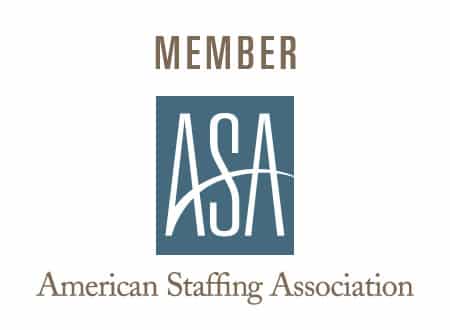The shift is already underway.
In an earlier post, we examined the ways younger workers are changing the face of our workforce. But the rise of Generations Y and Z are just one of the many ways the U.S. workforce is transforming. Below, we outline additional demographic and social issues – including gender, age and ethnicity – that will also have a big impact your HR strategy in the coming years:
- Men are in a broader array of career fields. Across age categories, men are contributing in a wider range of occupations than they were at the start of this century. In recent years, men have gained a share of employment in 72% of all occupations.
- Women comprise a greater share of the workforce. 4.9 million female workers have joined the workforce since 2001, compared to 2.2 million additional male workers.
- More employees are becoming members of the “sandwich generation.” Increasing numbers of workers are caring simultaneously for both young and elderly family members.
- Large numbers of Baby Boomers are leaving the workforce at the same time. This mass exodus is creating huge talent shortages and knowledge loss problems for companies that lack adequate succession planning.
- The workforce readiness of new entrants is declining overall. While new workers are continually entering the labor market, the gap between their skills and employers’ needs is widening.
- The U.S. workforce is more racially and ethnically diverse now than at the turn of the century. Hispanic/Latino and Asian workers comprise a greater share of the workforce than they did in 2001, while white workers lost share in most occupations – including each of the 50 highest-paying jobs.
- College graduates are more ethnically diverse than they were in 2004. Non-white student graduates (associate, bachelor’s and post-grad) rose from 30 percent in 2004 to 37 percent in 2013.
Like the general population, our workforce is becoming more diverse in terms of age, race, ethnicity and gender. As the “big shift” continues, smart HR professionals will adjust their strategies by:
- increasing training and educational opportunities to close skills gaps;
- increasing work flex options to reduce work/life conflicts for employees;
- adjusting healthcare offerings – including wellness programs and preventive healthcare strategies – to address an increase in chronic health conditions;
- improving succession planning to prevent knowledge loss as Boomers retire.
Need help overcoming talent shortages?
Give our Lebanon staffing firm (or your local Wood Personnel office) a call today! We continually recruit skilled workers and talented professionals in a variety of industries and positions – so you have timely access to the people you need.
Sources:
“The Changing Face of U.S. Jobs” report from CareerBuilder
2015 Workplace Forecast report from the Society for Human Resource Management (SHRM)



